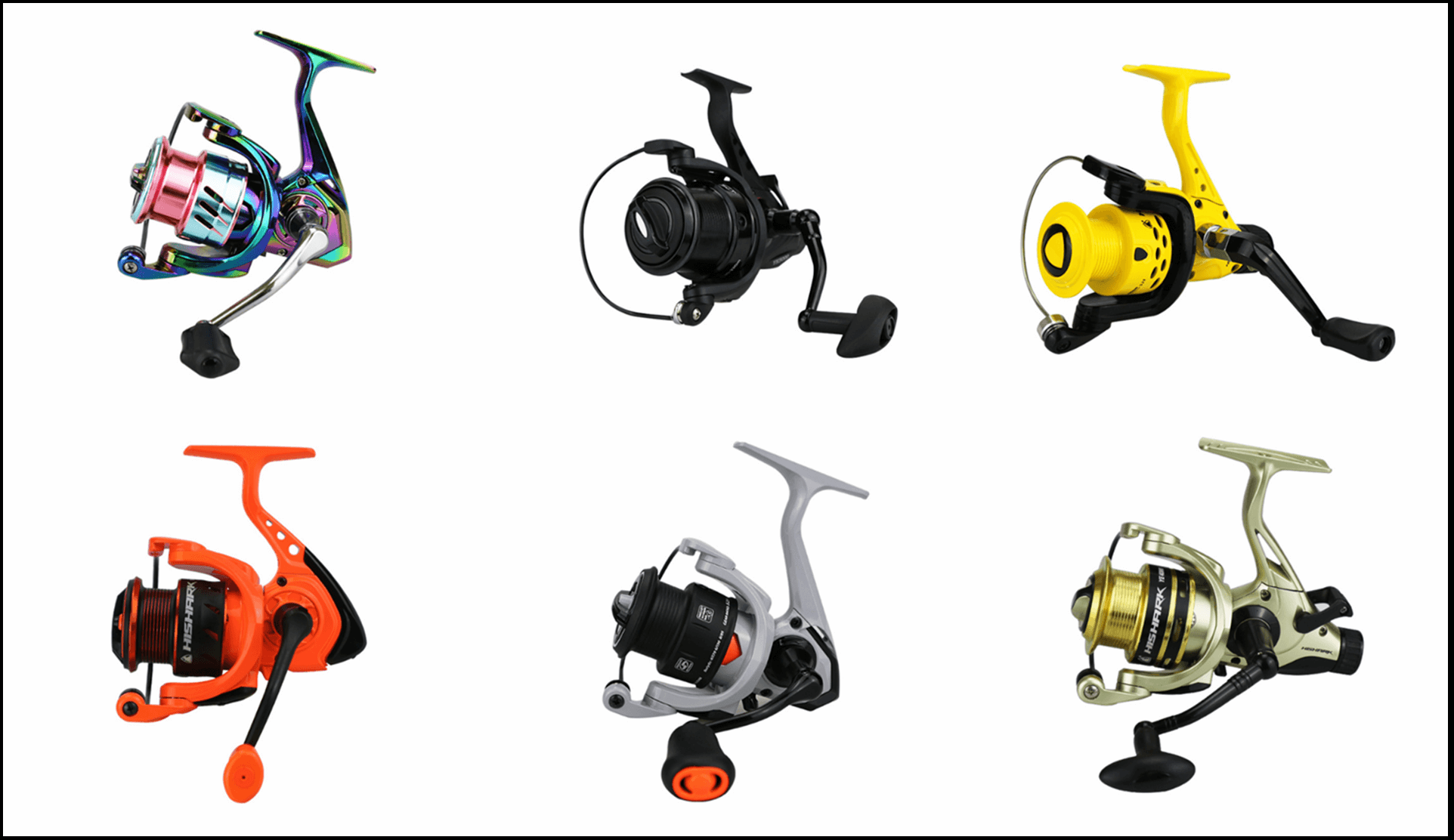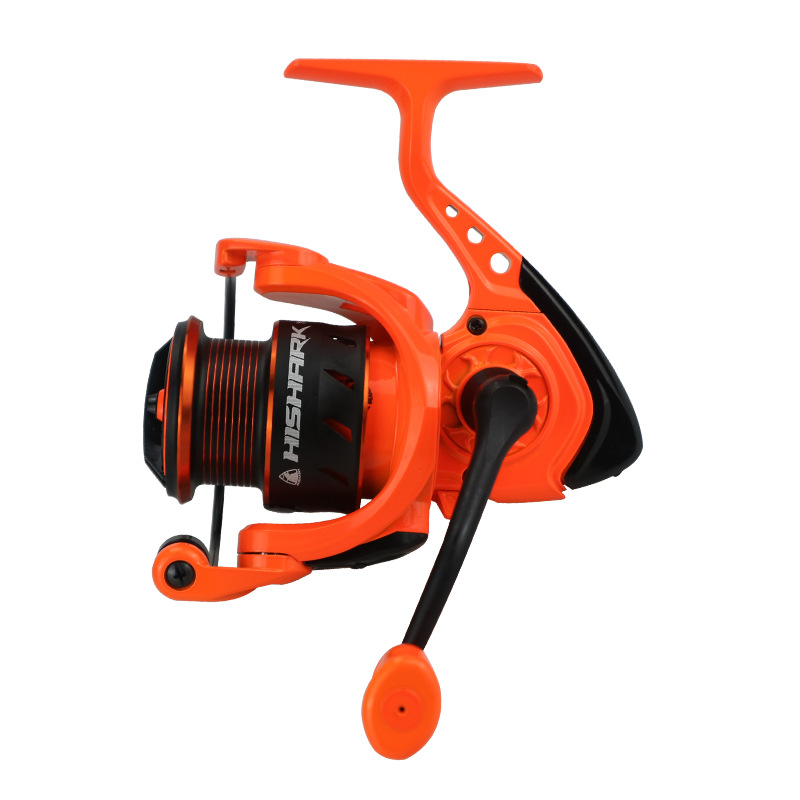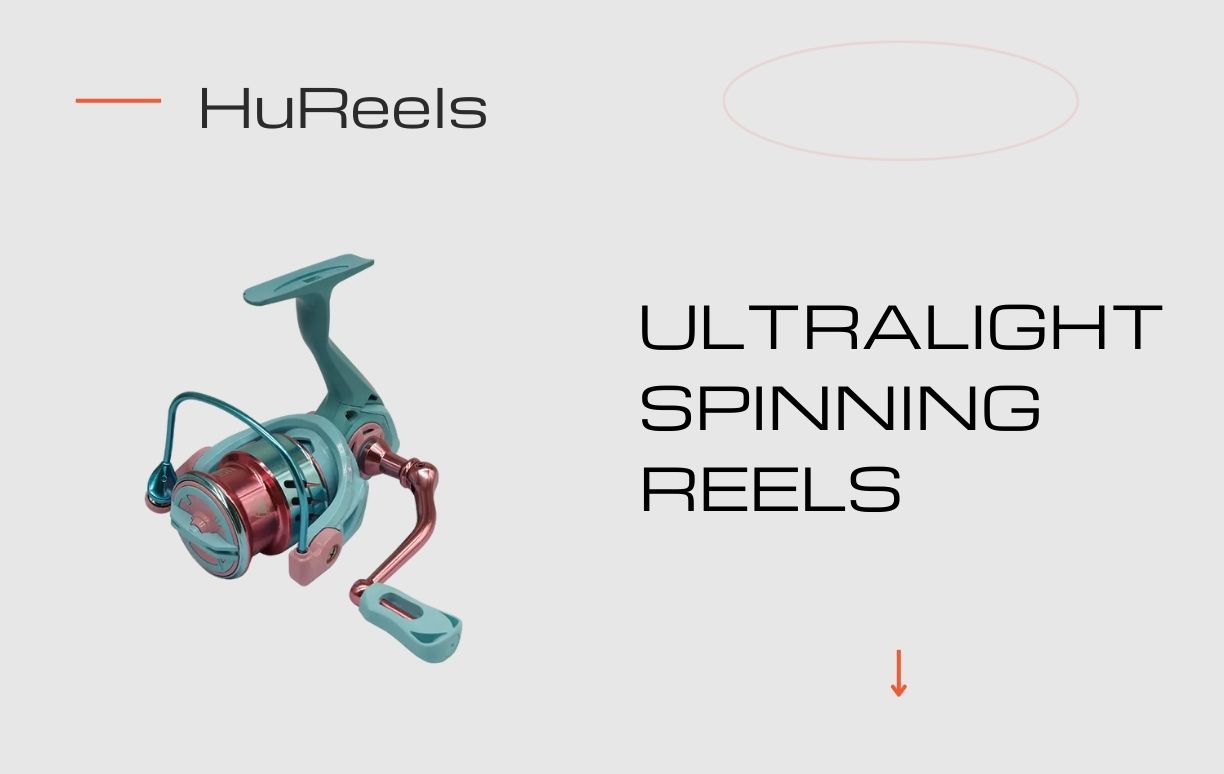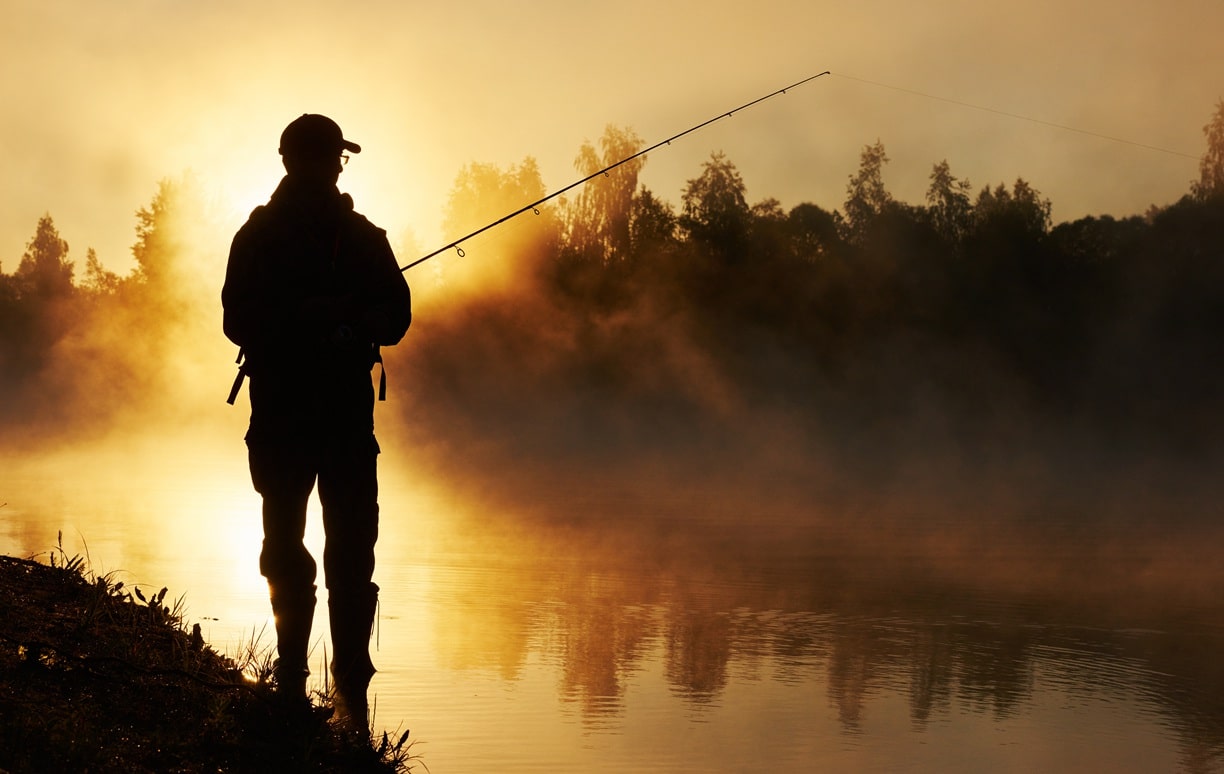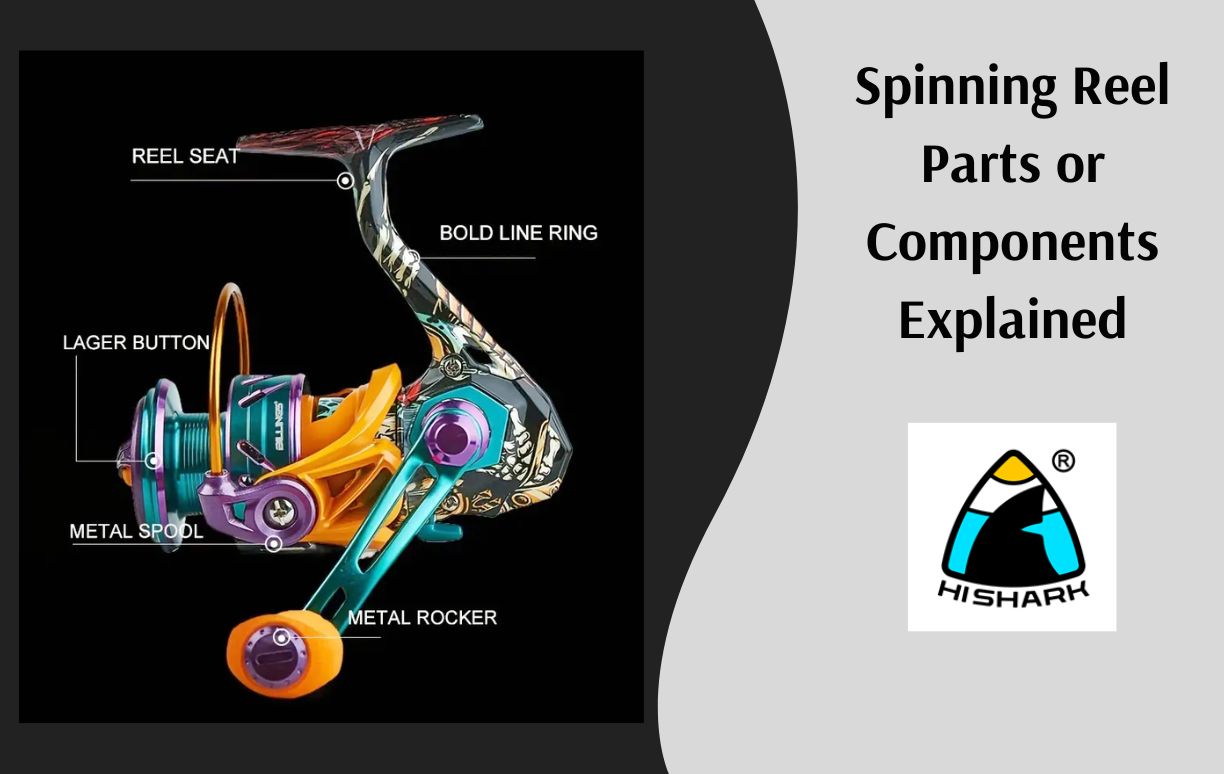
Spinning Reels: A Comprehensive Guide
Spinning reels are a cornerstone of modern fishing. They are celebrated for their versatility, ease of use, and ability to handle a wide range of fishing techniques. Whether you’re a beginner or a seasoned angler, understanding spinning reels can significantly enhance your fishing experience. This comprehensive guide will explore the ins and outs of spinning reels, including their components, operation, benefits, and maintenance.
- What Are Spinning Reels?
- Components of a Spinning Reel
- How Do Spinning Reels Work?
- Benefits of Spinning Reels
- Choosing the Right Spinning Reel
- Maintenance of Spinning Reels
- Tips for Using Spinning Reels
- Common Mistakes to Avoid
- Innovations in Spinning Reel Technology
- Using Spinning Reels for Different Fish Species
- Benefits of Spinning Reels for Different Techniques
- Summary of what are spinning reels
What Are Spinning Reels?
Spinning reels are a type of fishing reel mounted beneath the fishing rod, with the reel hanging down when you hold the rod. Unlike baitcasting reels, spinning reels have a fixed spool, and the line is released by a bail mechanism. They are known for their simplicity and effectiveness, making them a popular choice among anglers of all skill levels.
Components of a Spinning Reel
Understanding the components of a spinning reel is crucial for proper usage and maintenance. Here are the main parts:
Handle: The handle is used to retrieve the fishing line. It can be turned clockwise or counterclockwise, depending on the reel’s design.
Body (Housing): The body houses the internal mechanisms of the reel. It can be made from various materials, including plastic, aluminum, or graphite.
Spool: The spool holds the fishing line. It can be adjusted to control the line capacity and retrieval speed.
Bail: The bail guides the line onto the spool. It can be opened for casting and closed for retrieving.
Drag System: The drag system allows you to control the resistance a fish feels when it pulls on the line. This helps prevent line breakage and makes it easier to land fish.
Anti-Reverse Switch: This switch prevents the handle from turning backward, providing better control when fighting fish. There is a post that especially introduces spinning reel anti-reverse switches.
How Do Spinning Reels Work?
Spinning reels operate through a straightforward process:
Casting: To cast, open the bail and hold the line with your finger. Swing the rod and release the line at the right moment. The line exits the spool beautifully.
Retrieving: Close the bail by hand or by turning the handle. As you turn the handle, the line is wrapped back onto the spool.
Drag Adjustment: Adjust the drag to control the tension on the line. This helps manage the fight with the fish and prevents the line from breaking.
Benefits of Spinning Reels
Spinning reels offer several advantages that make them a preferred choice for many anglers:
Ease of Use: Spinning reels are user-friendly, making them ideal for beginners.
Versatility: They can be used for various fishing techniques, from freshwater to saltwater fishing.
Lightweight: Spinning reels are generally lightweight, reducing fatigue during long fishing sessions.
Accuracy: They allow for precise casting, especially with light lures.
Affordability: Spinning reels are available at various price points, making them accessible to all anglers.
Choosing the Right Spinning Reel
Selecting the right spinning reel involves considering several factors:
Size: The size of the reel should match the type of fish you are targeting. Small spinning reels are suitable for light tackle fishing, while large size spinning reels are needed for big game fishing.
Gear Ratio: The gear ratio determines the speed of line retrieval. Higher ratios retrieve line faster, while lower ratios provide more power.
Material: Choose a reel made from durable materials, especially if you plan to fish in saltwater. Corrosion-resistant materials like aluminum and graphite are ideal.
Drag System: Look for a smooth and reliable drag system. This is crucial for handling strong fish.
Ball Bearings: More fishing reel ball bearings generally mean smoother operation. However, quality matters more than quantity.
Price: Balance your budget with the features you need. High-end reels offer advanced features, but there are plenty of affordable options that perform well.
Maintenance of Spinning Reels
Proper maintenance extends the life of your spinning reel and ensures optimal performance:
Cleaning: Rinse your reel with fresh water after each use, especially after saltwater fishing. Clean up any dirt and debris with a gentle cloth.
Lubrication: Apply a few drops of reel oil to the moving parts, such as the handle, bail, and gears. This keeps the reel operating smoothly.
Inspection: Regularly inspect your reel for signs of wear and damage. Replace any worn-out parts promptly.
Storage: Store your reel in a cool, dry place. Avoid leaving it in direct sunlight or a damp environment.
Tips for Using Spinning Reels
To get the most out of your spinning reel, follow these tips:
Practice Casting: Spend time working on your casting skill. This improves accuracy and distance.
Adjust the Drag: Set the drag according to the size of the fish you are targeting. Too tight, and the line might break; too loose, and the fish might escape.
Use the Right Line: Match the line weight to the reel’s specifications. Using the correct line ensures optimal performance.
Handle with Care: Avoid dropping or hitting your reel. Physical damage can affect its functionality.
Common Mistakes to Avoid
Avoid these common mistakes to maintain your reel’s performance:
Overfilling the Spool: Overfilling leads to line tangles and reduced casting distance.
Improper Drag Setting: Incorrect drag settings can result in broken lines or lost fish.
Neglecting Maintenance: Skipping regular maintenance reduces your reel’s lifespan and performance.
Using the Wrong Line: Using a line that is too heavy or too light can affect your casting and retrieval efficiency.
Innovations in Spinning Reel Technology
The fishing industry continuously innovates, and spinning reels are no exception. Here are some recent advancements:
Enhanced Drag Systems: Modern reels feature advanced drag systems that provide smoother and more consistent resistance.
Improved Gear Mechanisms: New gear designs offer faster retrieval speeds and increased power.
Lighter Materials: The use of advanced materials like carbon fiber reduces the weight of the reels without compromising strength.
Waterproof Seals: Sealed bearings and components protect against water intrusion, making reels more durable in harsh conditions.
Using Spinning Reels for Different Fish Species
Spinning reels are suitable for various fish species and fishing environments:
Bass Fishing: Use medium-sized reels with strong drag systems.
Trout Fishing: Opt for ultralight reels for better sensitivity and control.
Saltwater Fishing: Choose corrosion-resistant reels with high line capacity.
Big Game Fishing: Heavy-duty reels with powerful drag systems are essential for targeting large fish.
Benefits of Spinning Reels for Different Techniques
Spinning reels excel in various fishing techniques:
Casting: They offer smooth and accurate casts, even with lightweight lures.
Trolling: Suitable for dragging lures behind a moving boat, thanks to their robust drag systems.
Jigging: Ideal for vertical movements of the lure, providing excellent control.
Summary of what are spinning reels
Spinning reels are a vital tool for any angler. Their ease of use, versatility, and precision make them a favorite among fishing enthusiasts. By understanding the components, operation, and maintenance of spinning reels, you can enhance your fishing experience and improve your success on the water. Choose the right reel for your needs, maintain it properly, and practice your techniques. With a reliable spinning reel, you’re ready to tackle any fishing adventure.
